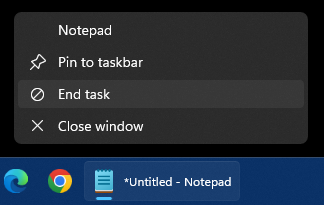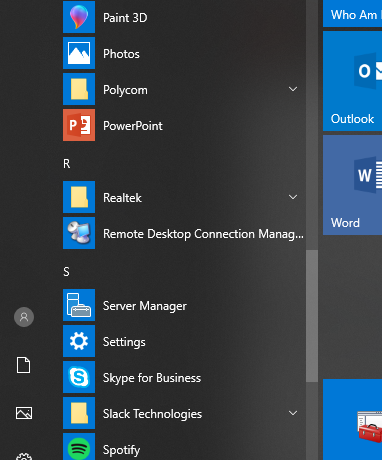If these rumors and screenshot are accurate, Microsoft Surface will be a failure in the market place. $1000 for the entry level Windows RT version?! I am guessing (hoping) that these numbers are not accurate and are just pre-order prices that are inflated to gain some pre-sales in anticipation of a large demand. Similar to the way some game consoles can command 300% of their MSRP on launch due to availability and demand.
If, however, they are accurate – I’ll pass. I’m happy with an iPad. It does most of what I want, and carrying a Windows 8 powered laptop along side for REAL work isn’t that difficult. I’d like an all in one to do work and play, but not at prices above the usually criticized Apple prices. People complain that Apple is too high priced and the ‘Apple Tax’ is high, what are they going to say about this?
Again, I don’t think the prices are real MSRP, but overly inflated presale prices.
The ARM version will not have the flexibility of Pro when it comes to application compatibility so pricing is key. This version is designed to take the iPad head on, if it cannot compete on price from the get go then we have to ask, "What is the point?" WinRT will of course be on every PC sold from the end of this year but we shouldn’t lose sight of the fact that Microsoft is betting big on WinRT to finally get them into the tablet game.



